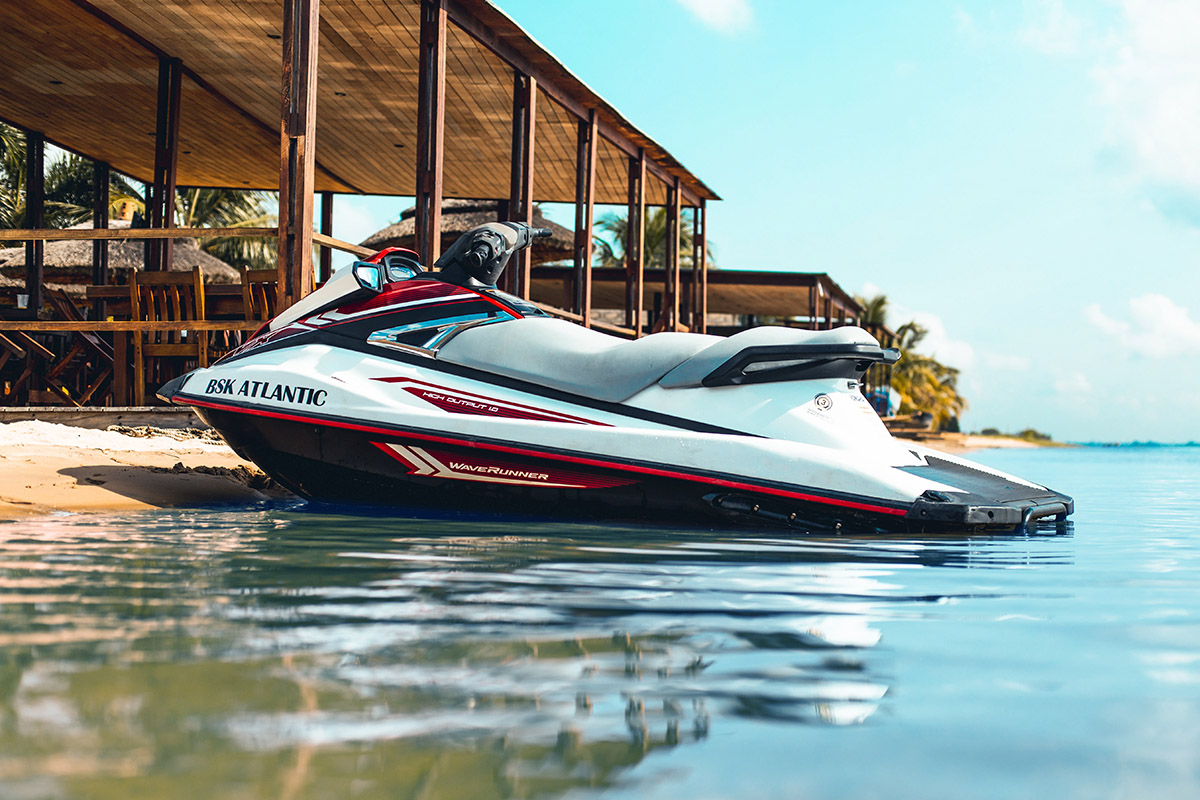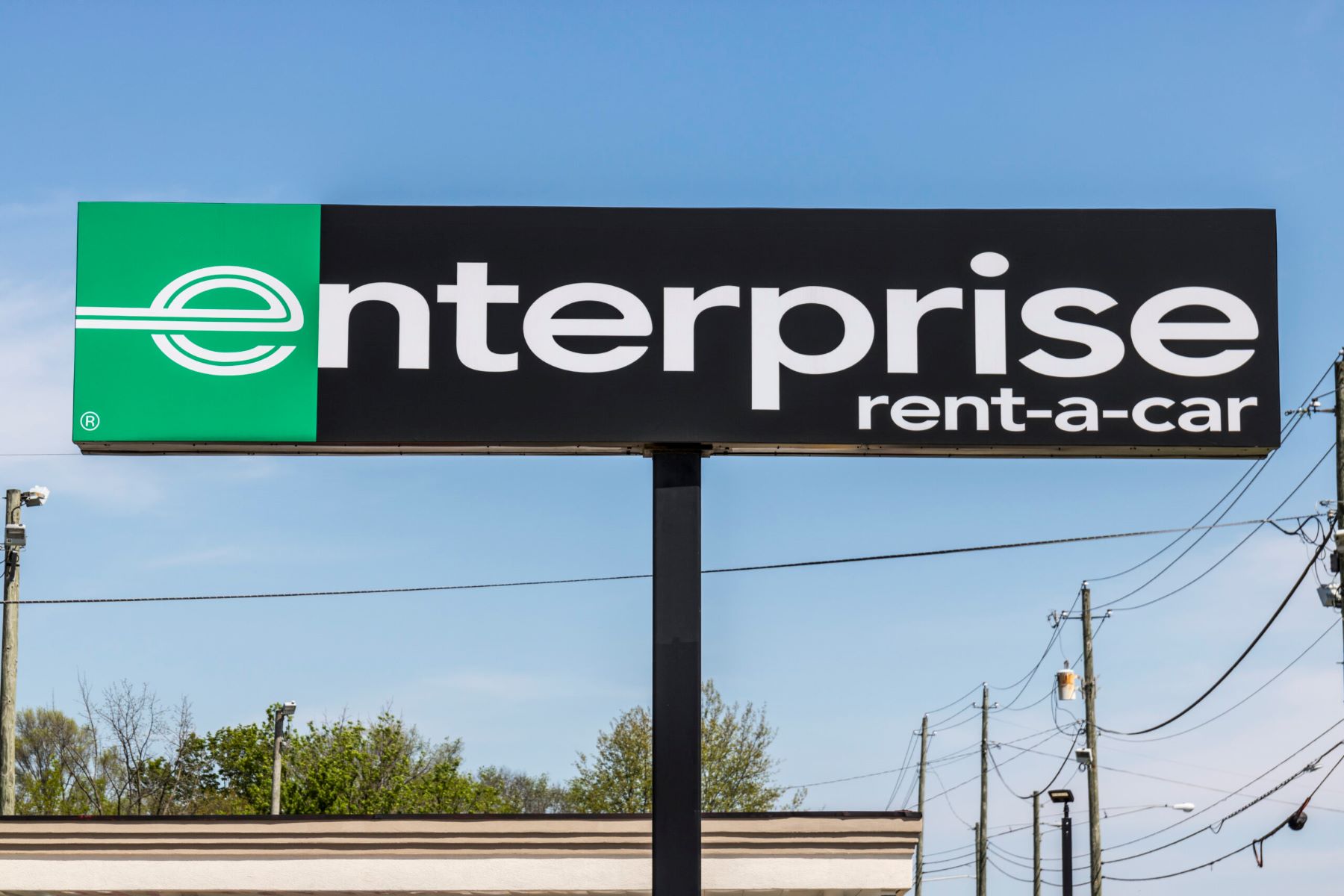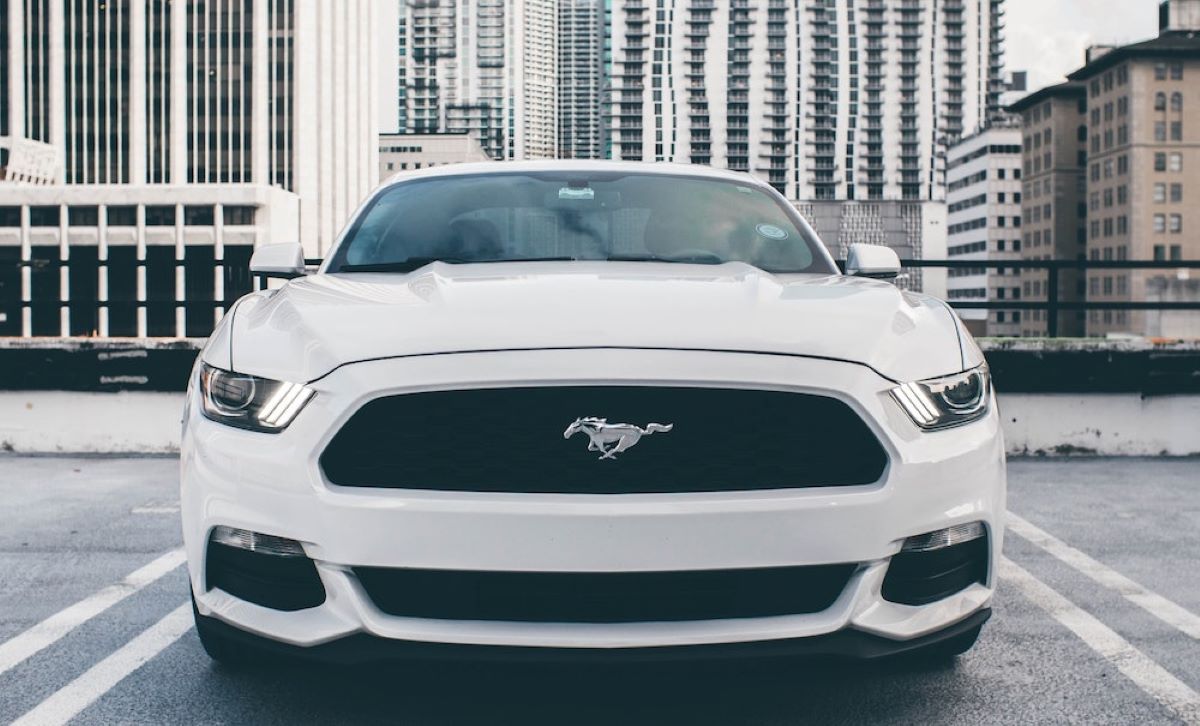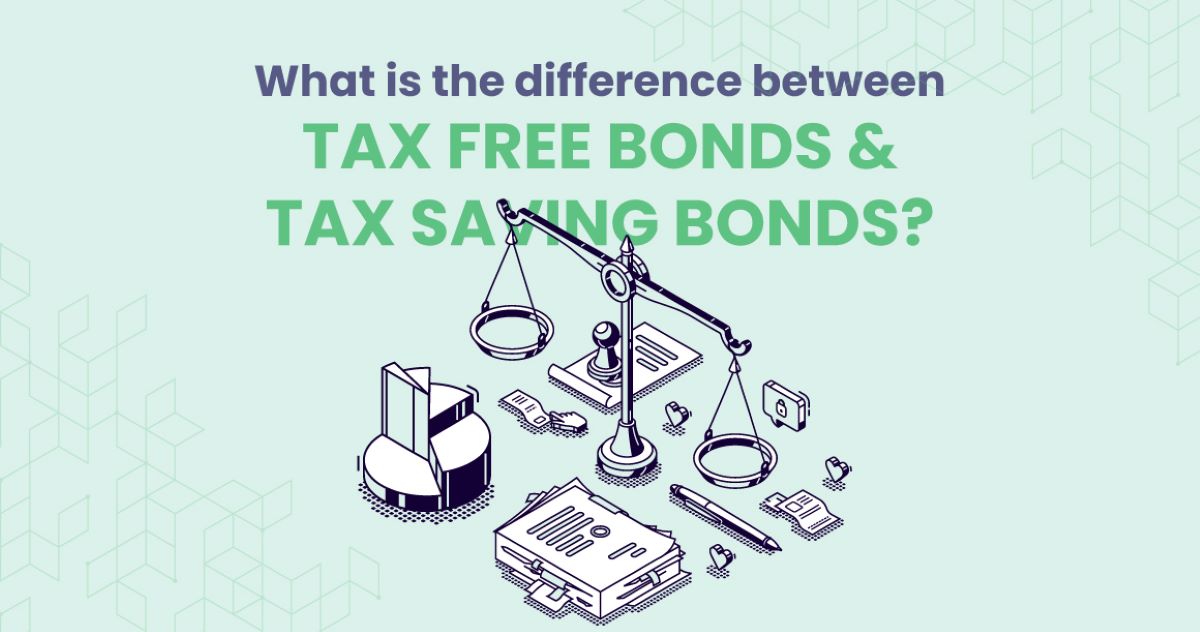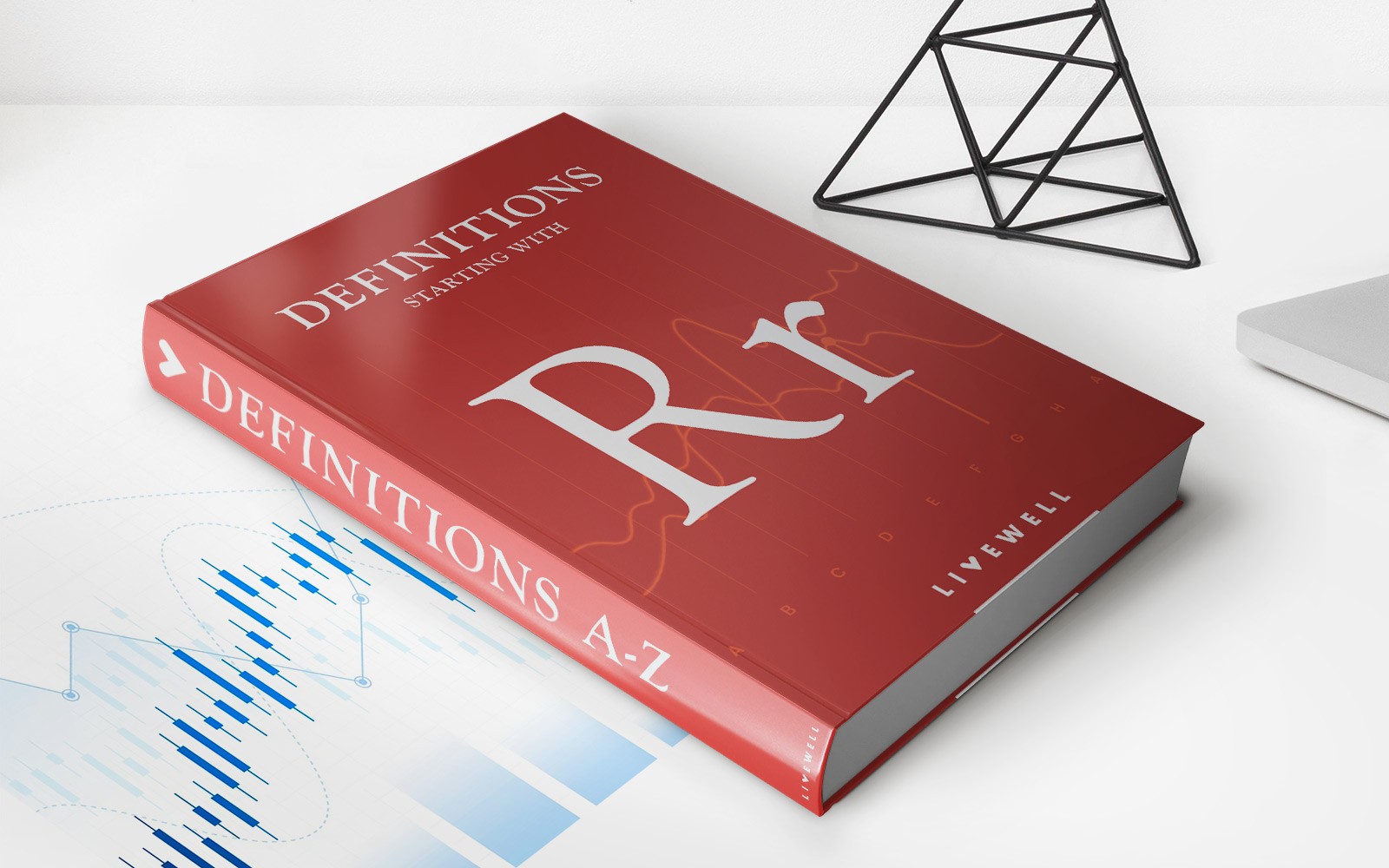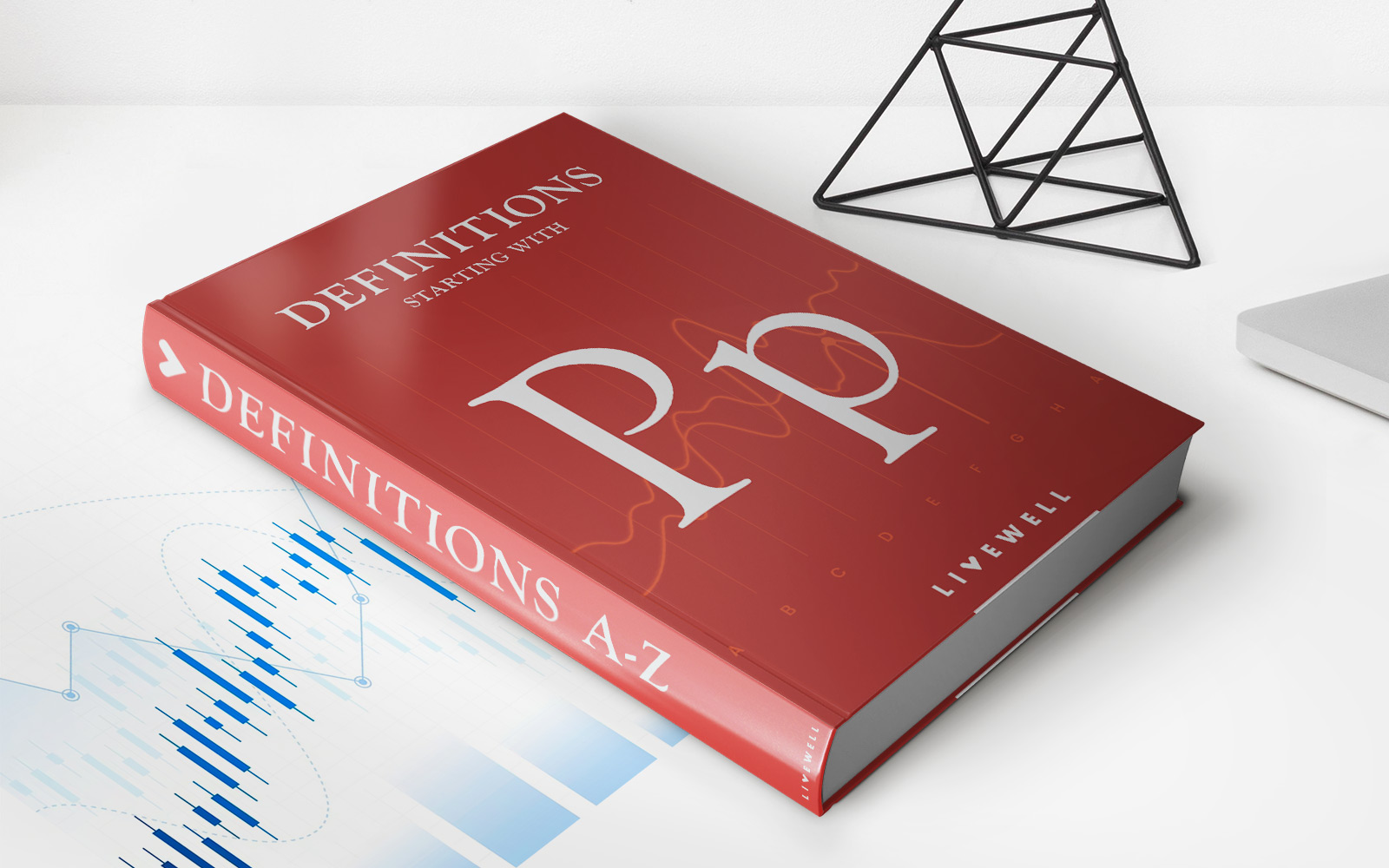

Finance
How Much Is Insurance On A Dodge Challenger?
Published: November 17, 2023
Discover the cost of insuring a Dodge Challenger and find out how much you can save through our finance options. Get a quote!
(Many of the links in this article redirect to a specific reviewed product. Your purchase of these products through affiliate links helps to generate commission for LiveWell, at no extra cost. Learn more)
Table of Contents
Introduction
If you’re the proud owner of a Dodge Challenger, you know that this iconic muscle car is not only a head-turner but also a symbol of power and speed. However, when it comes to insuring a Dodge Challenger, you may be wondering how much it will cost you.
Insurance rates for a Dodge Challenger can vary significantly based on several factors, including the model year, trim level, your driving history, and even your location. Understanding these factors and how they impact your insurance costs is essential for making an informed decision and finding the best insurance coverage that aligns with your budget.
In this article, we’ll explore the various factors that influence insurance rates for a Dodge Challenger, discuss the different coverage options available, delve into the average insurance costs, and provide valuable tips for lowering your insurance rates. By the end, you’ll have the knowledge and insights to make the best insurance choices for your beloved Dodge Challenger.
Factors Affecting Insurance Rates
Several factors come into play when determining insurance rates for a Dodge Challenger. Understanding these factors will help you assess why your insurance premium may vary compared to others. Here are some key factors that can influence your insurance rates:
- Age and Gender: Insurance companies often consider a driver’s age and gender when determining rates. Younger, less experienced drivers, particularly males, tend to have higher insurance rates because they are statistically more prone to accidents.
- Driving History: Your driving history plays a significant role in determining your insurance rates. If you have a clean driving record with no accidents or traffic violations, you’ll likely enjoy lower insurance premiums. However, if you have a history of accidents or speeding tickets, your rates may be higher.
- Location: Where you live can impact your insurance rates. If you reside in an area with high traffic congestion or a high crime rate, insurance companies may charge you more due to an increased risk of accidents or vehicle theft.
- Vehicle Model and Trim Level: The model and trim level of your Dodge Challenger can influence insurance rates. Higher-performance models typically have higher insurance premiums due to their increased risk of accidents and higher repair costs.
- Usage: How you use your Dodge Challenger can affect your insurance rates. If you use it for regular commuting or long-distance driving, insurance companies may consider it riskier compared to limited recreational use, resulting in higher rates.
- Deductible and Coverage Amount: The deductible you choose and the amount of coverage you opt for can also impact your insurance rates. Higher deductibles typically lead to lower premiums, but it’s essential to choose a deductible that you can comfortably afford in the event of a claim.
- Credit History: In some states, insurance companies can use your credit history to determine rates. A good credit score may lead to lower insurance premiums, while a poor credit score could result in higher rates.
It’s important to note that each insurance company may weigh these factors differently, so it’s a good idea to gather multiple insurance quotes to find the best coverage and rates for your Dodge Challenger.
Insurance Coverage Options for Dodge Challenger
When it comes to insuring your Dodge Challenger, there are several coverage options available to ensure that you have the protection you need. Here are some common insurance coverage options to consider:
- Liability Coverage: Liability coverage is typically required by law and helps cover expenses if you’re at fault in an accident that causes bodily injury or property damage to others.
- Collision Coverage: Collision coverage helps pay for repairs or replacement of your Dodge Challenger if it’s damaged in a collision, regardless of who’s at fault.
- Comprehensive Coverage: Comprehensive coverage covers damages to your Dodge Challenger that are not the result of a collision, such as theft, vandalism, fire, or natural disasters.
- Uninsured/Underinsured Motorist Coverage: This coverage protects you if you’re involved in an accident with a driver who either has no insurance or insufficient coverage to pay for your damages and injuries.
- Medical Payments Coverage: Medical payments coverage helps cover medical expenses for you and your passengers if you’re injured in an accident, regardless of who’s at fault.
- Personal Injury Protection (PIP): PIP coverage is similar to medical payments coverage but also provides benefits for lost wages and other non-medical expenses related to the accident.
- Gap Insurance: If you have a loan or lease on your Dodge Challenger, gap insurance can protect you by covering the difference between what you owe on the car and its actual cash value if it’s declared a total loss.
It’s important to carefully review these coverage options and assess your needs to make an informed decision. Depending on factors like your budget, driving habits, and the value of your vehicle, you may choose to add or remove certain coverage options to customize your policy.
Average Insurance Costs for Dodge Challenger
The average insurance costs for a Dodge Challenger can vary significantly depending on several factors such as the model year, trim level, your location, driving history, and coverage options. While it’s challenging to provide an exact figure, we can provide a general idea of what you can expect.
On average, the annual insurance premium for a Dodge Challenger falls within the range of $1,500 to $2,500. However, keep in mind that this is just an estimate and actual costs can be higher or lower based on individual circumstances.
A newer model year and a higher trim level, such as the SRT or Hellcat, may lead to higher insurance premiums due to their increased value and higher performance capabilities. Additionally, if you live in an area with a high crime rate or experience harsh weather conditions, your insurance costs may be higher due to an increased risk of theft or accidents.
Your driving history and age also play a significant role in determining insurance costs. If you have a clean driving record and are an experienced driver, you may have access to better insurance rates. Conversely, if you’re a young driver with limited experience or have a history of accidents or traffic violations, your insurance premiums may be higher.
It’s important to remember that these figures are average estimates, and individual insurance quotes can vary. It’s advisable to obtain multiple quotes from different insurance providers to compare rates and coverage options. Additionally, taking advantage of available discounts, such as safe driver discounts or bundling your auto insurance with other policies, can help lower your insurance costs.
Remember, insurance rates are determined by numerous factors, and what may be considered average for one person may not be the same for another. It’s crucial to closely assess your specific circumstances when considering insurance costs for your Dodge Challenger.
Tips for Lowering Insurance Rates on a Dodge Challenger
While insurance rates for a Dodge Challenger can vary, there are several strategies you can employ to potentially lower your insurance premiums. Here are some tips to help you secure affordable insurance rates for your beloved muscle car:
- Shop Around: Obtain quotes from multiple insurance providers to compare rates and coverage options. Each insurance company evaluates risk differently, so exploring different options can help you find a more competitive rate.
- Opt for a Higher Deductible: Choosing a higher deductible means you’ll be responsible for paying more out of pocket in the event of a claim, but it can lead to lower insurance premiums. Assess your financial situation and select a deductible that you’re comfortable with.
- Bundle Your Policies: Consider bundling your auto insurance with other policies, such as homeowners or renters insurance, from the same provider. This can often result in discounts on your premiums.
- Take Advantage of Discounts: Inquire about available discounts, such as safe driver discounts, good student discounts, or discounts for installing safety features in your vehicle. These discounts can help lower your insurance rates.
- Consider Usage-Based Insurance: Some insurance companies offer usage-based insurance programs. These programs track your driving habits through a device installed in your car and can potentially reward safe driving behaviors with lower premiums.
- Improve Your Credit Score: In states where credit scores are considered in insurance rates, work on improving your credit score. Paying bills on time, reducing debt, and maintaining a low credit utilization ratio can help boost your credit score and potentially lower your insurance premiums.
- Take a Defensive Driving Course: Completing a defensive driving course can demonstrate to insurance companies that you are committed to safe driving practices. Some insurance providers offer discounts for completing these courses.
- Consider Increasing Security: Installing anti-theft devices such as alarms, GPS tracking systems, or steering wheel locks can deter theft, potentially lowering your insurance rates.
Remember, the specific impact of these tips on your insurance rates may vary depending on your individual circumstances and the insurance provider. It’s essential to discuss your options with your insurance agent to determine which strategies are most suitable for you.
Conclusion
Insuring a Dodge Challenger involves considering various factors, coverage options, and potential costs. By understanding the factors that impact insurance rates, exploring different coverage options, and implementing strategies to lower premiums, you can find the most suitable insurance coverage for your Dodge Challenger while maintaining affordability.
Factors such as age, driving history, location, and vehicle model play significant roles in determining insurance rates. It’s important to obtain multiple insurance quotes, customize your coverage options, and take advantage of available discounts to secure the best insurance rates for your specific circumstances.
When considering coverage options, liability coverage, collision coverage, comprehensive coverage, and uninsured/underinsured motorist coverage are essential to protect yourself financially. Personalizing your coverage based on your needs and considering additional options like medical payments coverage or gap insurance can provide added peace of mind.
It’s crucial to remember that the average insurance costs for a Dodge Challenger can vary, and individual rates may be higher or lower based on personal factors. By comparing quotes, choosing higher deductibles, bundling policies, and pursuing discounts, you can potentially reduce your insurance premiums.
Ultimately, finding the right balance between cost and coverage is important. Assess your needs, evaluate your budget, and consult with insurance agents to make informed decisions and ensure that your Dodge Challenger is adequately protected on the road.
By following these guidelines and staying proactive in managing your insurance policy, you can enjoy the thrilling experience of driving a Dodge Challenger while keeping your insurance costs under control.



